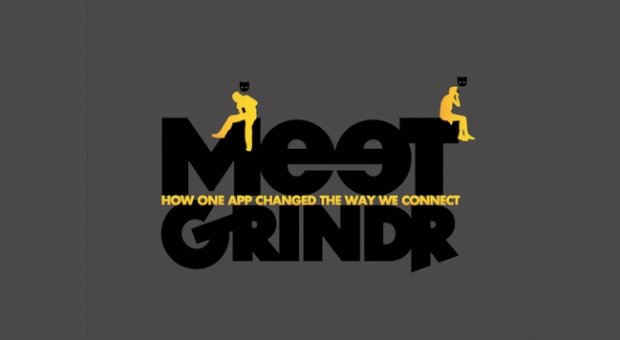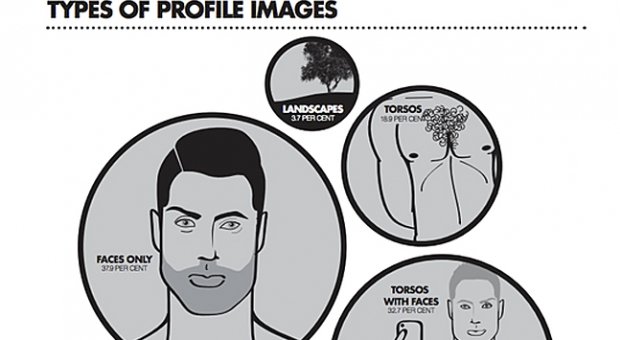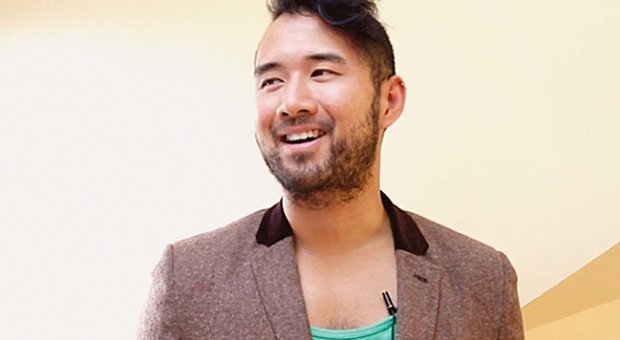
Credit: Xtra file photo

Credit: Xtra file photo
By now, everyone knows that Grindr is a hookup service for men seeking other men for friends, fun or “whatever” – the latter usually meaning sex. It’s an OKCupid for the man on the go who wants to get down to business. Or is it?
Toronto author and game developer Jaime Woo says Grindr isn’t a service so much as it’s a game with a distinct set of rules governing who wins, loses and how you score. It’s the main thesis of his new book, Meet Grindr: How One App Changed the Way We Connect.
“For people to have an enjoyable experience on these apps, they have to understand that it’s a game with rules,” Woo explains via Skype. “I think a lot of users come to Grindr hoping that their experience will be free from the subcultural rules and routines that happen in the broader culture. The same men that are seen as attractive in bars will be seen as attractive online.”
Yet there are big differences between cruising in a bar or club and using Grindr, and these differences make up the rules of the Grindr game, Woo says. In his book, he outlines the Grindr rules, how they influence who you encounter on Grindr, and how you can use them to “win.”
Some of the Grindr rules are obvious – like the number of pictures (one) and amount of text (120 characters) you can put in a profile. But some are less so – like the fact that your profile remains viewable up to an hour after you log off. These design features have consequences for Grindr players.
“I think some people don’t realize how reductive these apps are,” Woo says. “Grindr is a highly visual game. At a bar, patrons can see what you’re wearing, how you smile or laugh, and other cues to attractiveness.”
Woo argues that these design features, plus Grindr’s locative function (“200 feet away”) mean that the way to win at Grindr is to use it as a coarse filter for quick meet-ups, then make further decisions about a potential match in person.
“Where [Grindr founder] Joel [Simkhai] and his codesigner succeeded was that it was a channel to connect. Meet lots of people, but make the real connections in person,” Woo says. “Anyone who goes on there hoping that they’ll be judged for their personality or interest, it’s not the platform for that. I think people get frustrated when they don’t contextualize their Grindr experience.”
Meet Grindr is full of handy observations about the app, including assessments of what profile photos mean, implications of the app for the male beauty ideal and race, the impact of choice overload on Grindr, and advice on how to use the app to find love (“if you hafta,” as the book notes).
The book ends with thoughts about the future of the Grindr game and what the next generation of hookup apps will look like as software evolves and new hardware (like Google Glasses or Apple Watches) emerges. The future of sex (and gaming) has never sounded more intriguing.


 Why you can trust Xtra
Why you can trust Xtra


